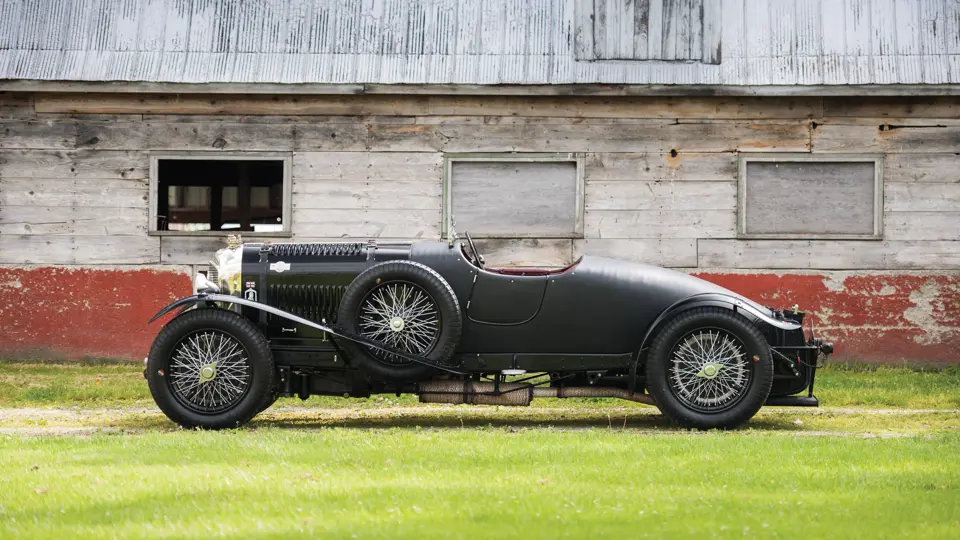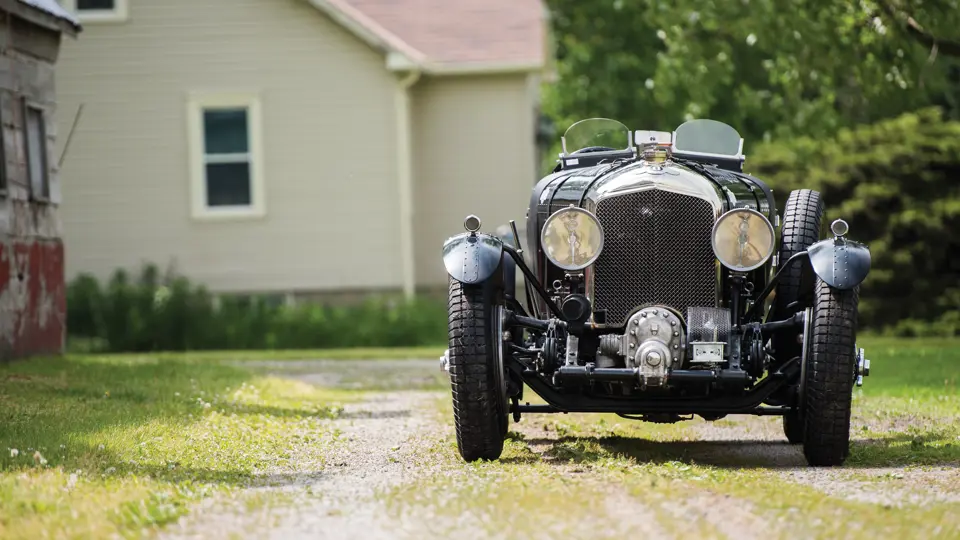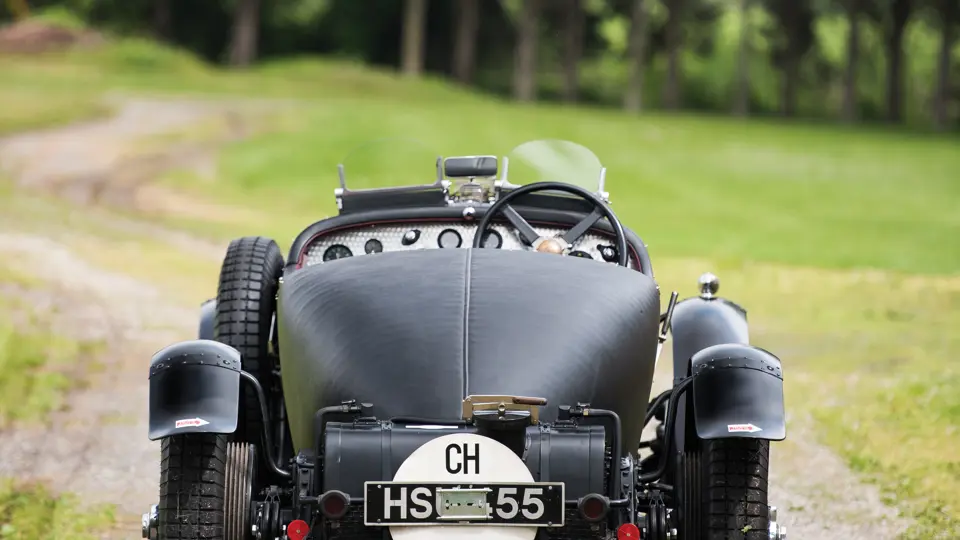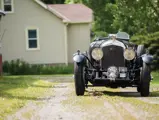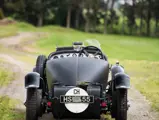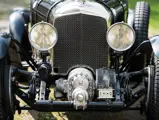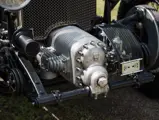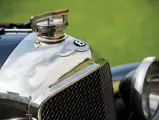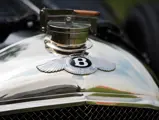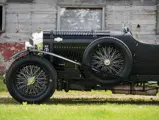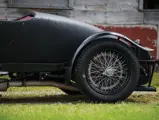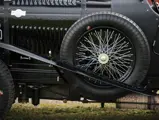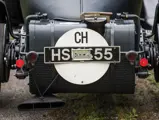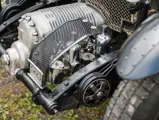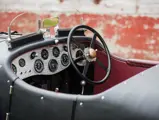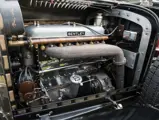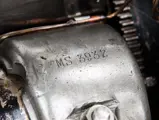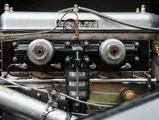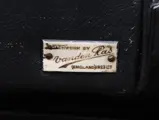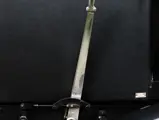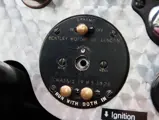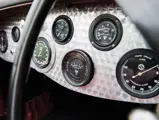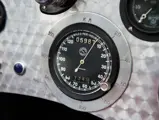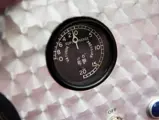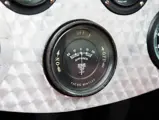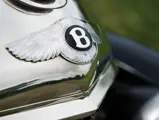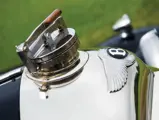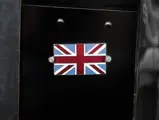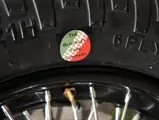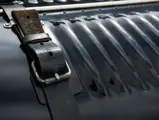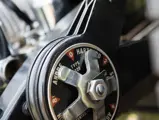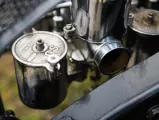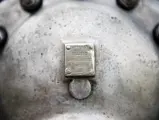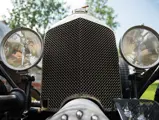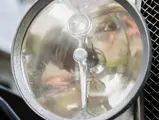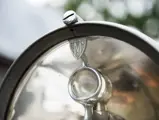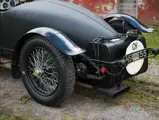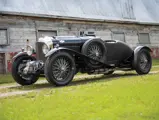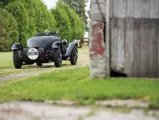
1931 Bentley 4½-Litre Supercharged Two-Seater Sports in the style of Vanden Plas
{{lr.item.text}}
$4,015,000 USD | Sold
{{bidding.lot.reserveStatusFormatted}}
- One of the 50 original supercharged “Blower” Bentleys
- Original chassis, engine, D-type gearbox, and supercharger
- The last “W.O.” Bentley bodied in period by Vanden Plas; offered with its original coachwork
- Available after nearly 30 years of continuous family ownership
- Documented and authenticated by Bentley historian Dr. Clare Hay
- A veteran of the Mille Miglia Storica; complete with FIA paperwork
- Exceptional purity; one of the finest ever offered
182 bhp, 4,382 cc SOHC inline four-cylinder engine with four valves per cylinder, Roots-type supercharger, four-speed close-ratio transmission, semi-elliptical leaf-spring front suspension with Hartford shocks, coil-spring rear suspension, and four-wheel drum brakes. Wheelbase: 130 in.
The story of W.O. Bentley’s company in the 1920s is the story of a group of passionate and extraordinarily wealthy young men, collectively known as the “Bentley Boys” (though not all, as will be seen, were boys), whose money and enthusiasm kept Bentley Motors alive and made its reputation on road and track. One of them, Sir Henry Birkin, had the idea to improve the already powerful 4½-Litre model using the relatively new technique of supercharging. W.O. Bentley himself rejected the idea, but his company’s then chairman, Woolf Barnato, held the purse strings and opened the doors to developing a supercharged model.
The so-called “Blower Bentley” would be built on a specially shortened chassis, reinforced to cope with the additional power. That power was supplied by a supercharger, completely purpose-designed by Amherst-Villiers, with the considerable funding supplied by Dorothy Paget, a wealthy sportswoman who had previously financed the Schneider Trophy-winning Supermarine seaplanes. Developing the supercharger was its own small drama, with Bentley and Amherst-Villiers becoming involved in an argument over patent rights and whose name the device would carry. Making the Blower reliable took a great deal of time and, with it, a great deal of Paget’s money.
In the end, the Blower was something of a financial disaster for Bentley; only 50 customer chassis were built, and the company had trouble selling that many! History has been much more kind to the model, which is now recognized as a powerhouse of its era. Modern restorers and mechanics have proved that the supercharged engine’s power was a very good idea, and accordingly, the model has become probably the most desirable of all vintage Bentleys, especially with lightweight Vanden Plas bodywork. While pieced-together “specials” with major reproduction components are common, actual survivors of the original 50 are as priceless as the diamonds that made Woolf Barnato’s fortune, and just as valuable. They seldom ever change hands, and when they do, it is often quietly among enthusiasts. The opportunity to purchase one at public auction is rare indeed.
CHASSIS NUMBER MS3929: AN ORIGINAL “BLOWER” BENTLEY
Bentley historian Dr. Clare Hay’s report on this car, chassis number MS3929, notes that it was indeed originally built as a supercharged car from new. Upon completion in 1931, however, it apparently remained unsold for two full years, due to Bentley Motors’ receivership, before being finally bodied with a new four-passenger tourer body, number 1829, by Vanden Plas in 1933. Delivered in this form to A. Ansell and registered as JB 1850, it was the last W.O. Bentley to have been fitted with the iconic Vanden Plas coachwork.
Bentley Motors service records indicate that the car was acquired as early as 1933 by famous Maidenhead dealer R.S. Mead, and then, by April 1934, it was acquired by C.E. Robinson, who purchased the car through the showroom of W.O. Bentley’s brother, H.M. The car was sold back to H.M. Bentley by Mr. Robinson; next passing in 1936 to J.M. Campbell before being shipped out of the UK to Cape Town, South Africa, in late 1937 by the next owner, Dr. T.W. Stephens. While in Cape Town, it was driven by Oscar Heim, whose report on enjoying the car was published in the April 27, 1939, issue of the Cape Times and later reprinted in the Bentley Drivers Club Review in May 1984.
The car remained in South Africa through World War II, being returned to the UK by a friend of Dr. Stephens, believed to have been M.C.C. Haycraft, reportedly a Royal Air Force Squadron leader. In 1957, the Bentley was exported to the United States by J.D. Clark, passing in 1962 to C.M. Crowhurst, then to E.S. Nisbet, and then in February 1969 to John Webb de Campi, the late, respected Rolls-Royce and Bentley historian. During his 10-year tenure of ownership, Mr. de Campi restored the Bentley with its original Vanden Plas bodywork.
The Bentley returned to the UK in 1979 and was acquired in 1987 by its present owner. In 1990, a fresh restoration was undertaken. As part of this work, Ulf Smith, of Sweden, built the present body and fenders for the car, marking its only modification from new; the body is a copy of the lightweight fabric two-seater sports body built by Vanden Plas for the famous #1 Blower, chassis number HB3402, for the 1929 500 Miles Race at Brooklands. Fortunately, the owner, sensitive to the preservation of history, retained the original Vanden Plas body, which has been crated and is being sold with the car today, should the successful bidder wish to take the Bentley back to its original form.
VERIFICATION OF ORIGINALITY
Critical to the acquisition of any Blower Bentley is determining how much of the car is still original, as many were raced as intended, with the common accompanying results of engine, body, and gearbox changes. Fortunately, surviving original factory records and the work of Bentley historian Dr. Clare Hay have allowed the originality of surviving cars to be determined with very little doubt.
As Dr. Hay notes of this Bentley:
The supercharger number isn’t listed in the service records; the blower units are numbered 101-150, with the last two numbers of the supercharger number usually the same as, or very close to, the last two digits of the chassis number. MS3929 is, I gather, fitted with supercharger number 129 and this is, I am sure, the original unit for the chassis. The original engine isn’t listed; by interpolation from the records, it is number MS3932…The gearbox as new would have been the standard close-ratio D-type box, but no number is listed in the service record. Interpolation from the service records suggests that the original box was number 7241, which is now confirmed as the gearbox in the car.
The conclusion is that, aside from details such as the switchgear, Bosch magnetos, and the use of improved Hartford shock absorbers, this is today much the same vehicle mechanically that it was when built, with its original chassis frame, engine, gearbox, and supercharger. Few W.O. Bentleys can make such a claim—and even fewer Blowers.
The owner has had the car properly accepted and documented by the FIA and has proceeded to compete with it in such major events as the Mille Miglia. He notes that it has recently received a full examination, with all necessary servicing carried out, including a complete restoration and overhauling of the engine between 2011 and 2012 and new brakes. During the complete engine overhauling, the inner cylinders were replaced, with the original cylinders saved and accompanying the car today, at a reported cost of $150,000. A more recent major service was completed at a reported cost of $25,000.
Records for the services undertaken in the present ownership are on file, along with a collection of copies of mentions of this car in various Bentley books, correspondence with the W.O. Bentley Foundation, and, of course, Dr. Hay’s detailed and fascinating report, quoted in part above, which is recommended reading for prospective bidders.
The opportunity is rare, indeed, to acquire such a well-preserved Blower Bentley that retains all of its original major components, is offered with its original coachwork, and has such a long and proud record of ownership by enthusiasts. This marks one of the most significant W.O. Bentleys to come to market lately and the priceless opportunity to acquire a genuine Blower with so much of its authenticity, history, and brawny original soul intact.




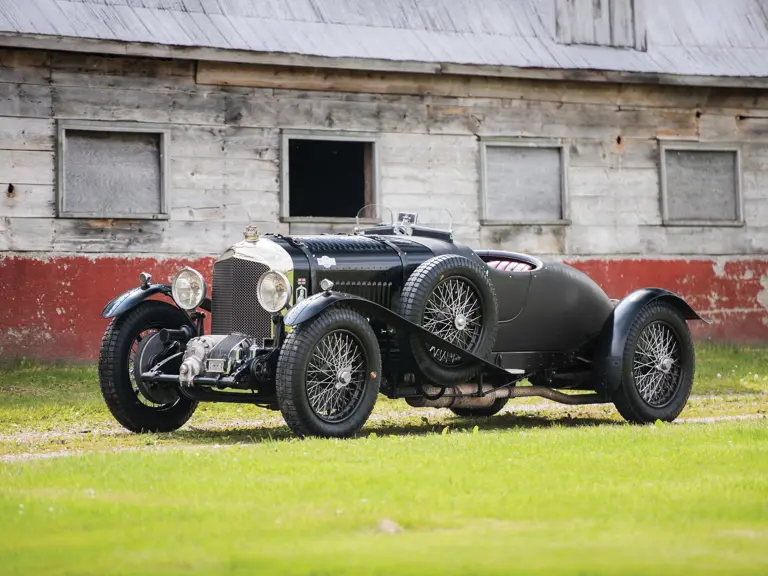

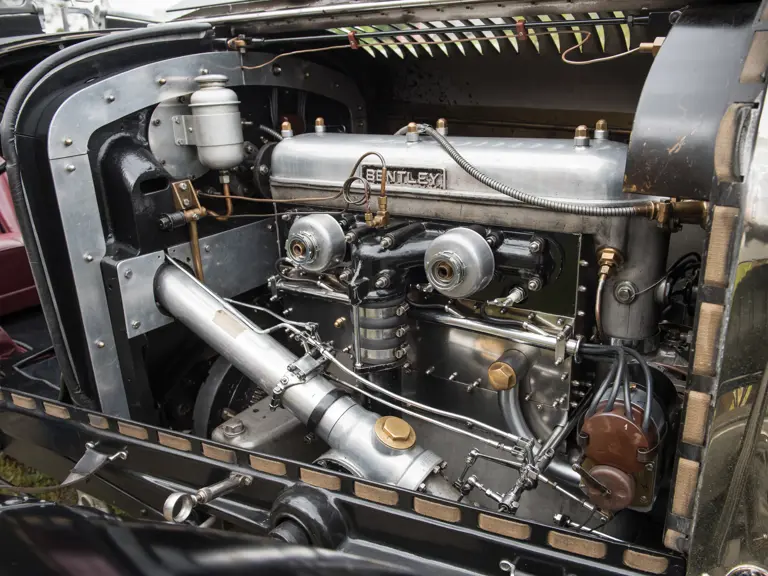
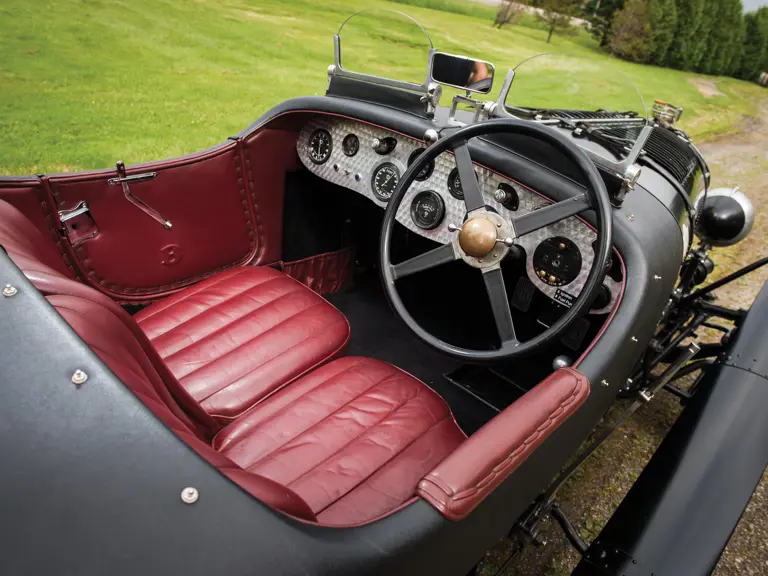
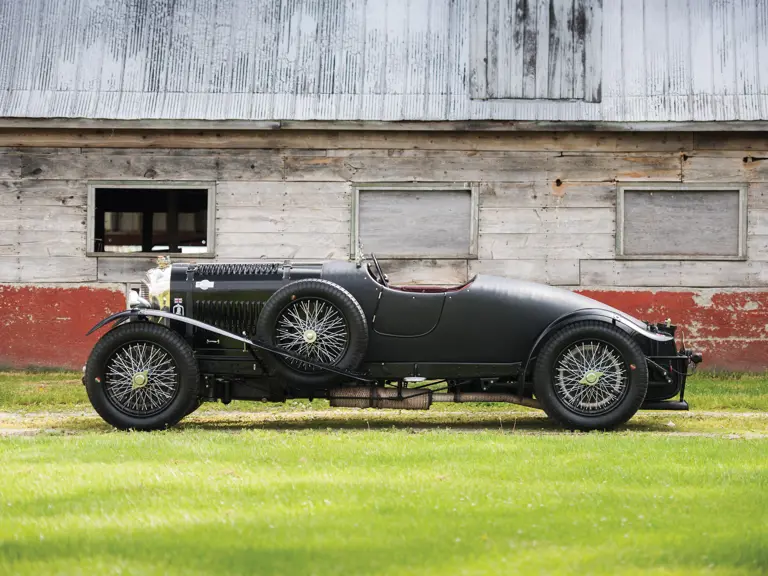
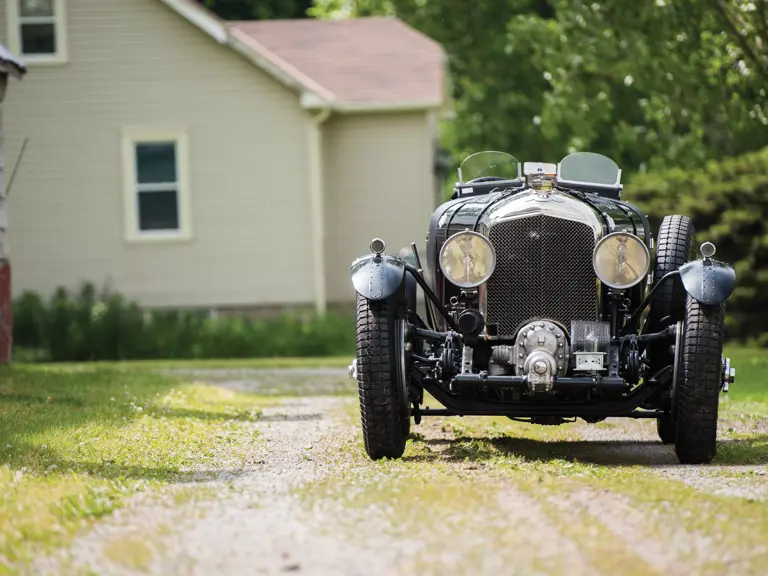
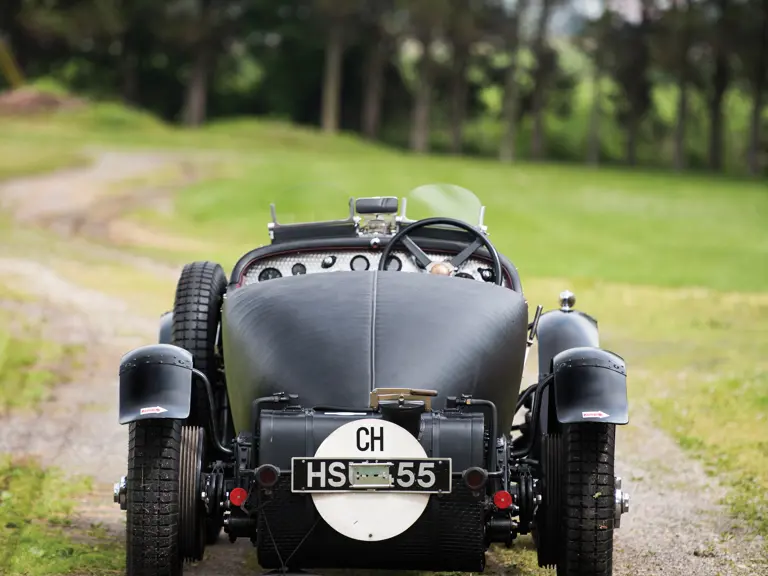

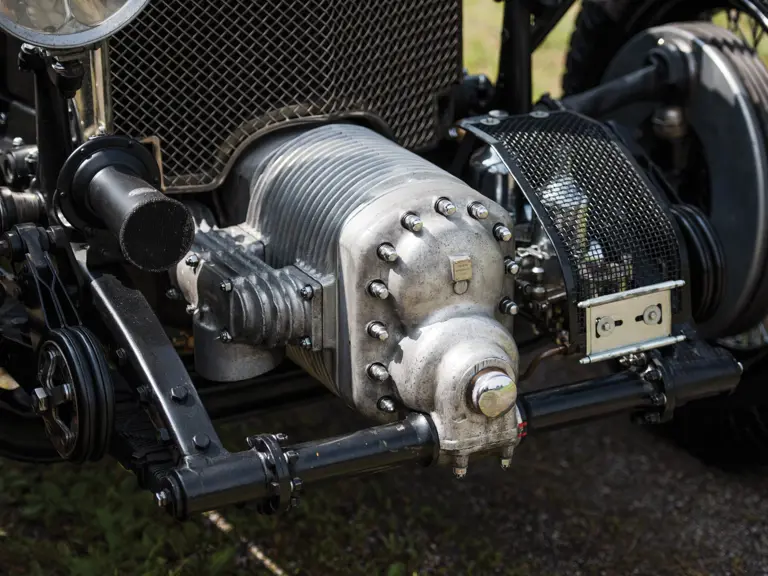
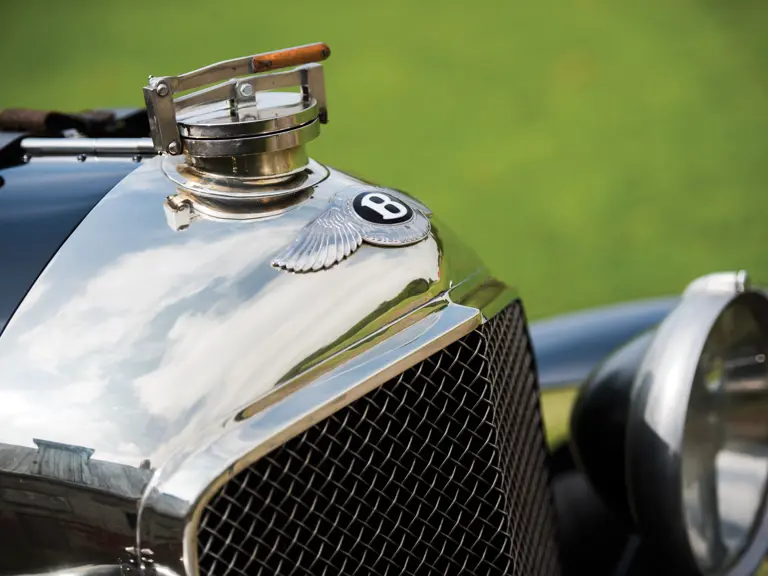
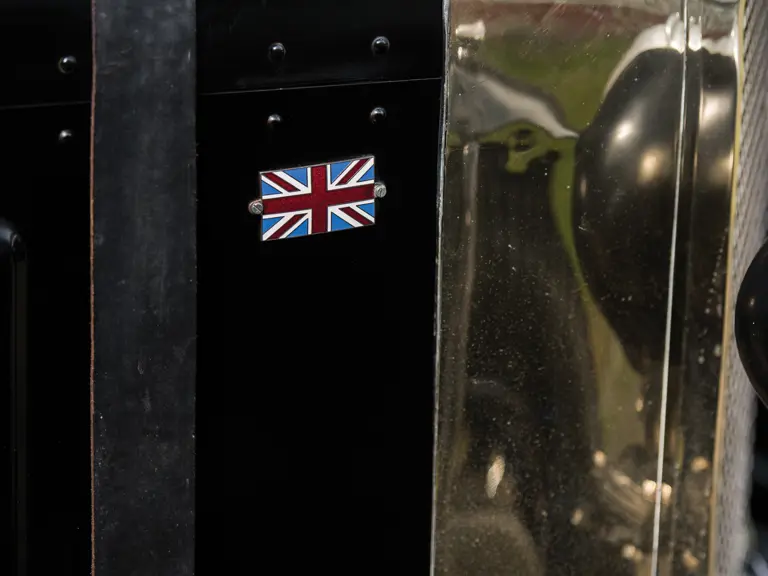


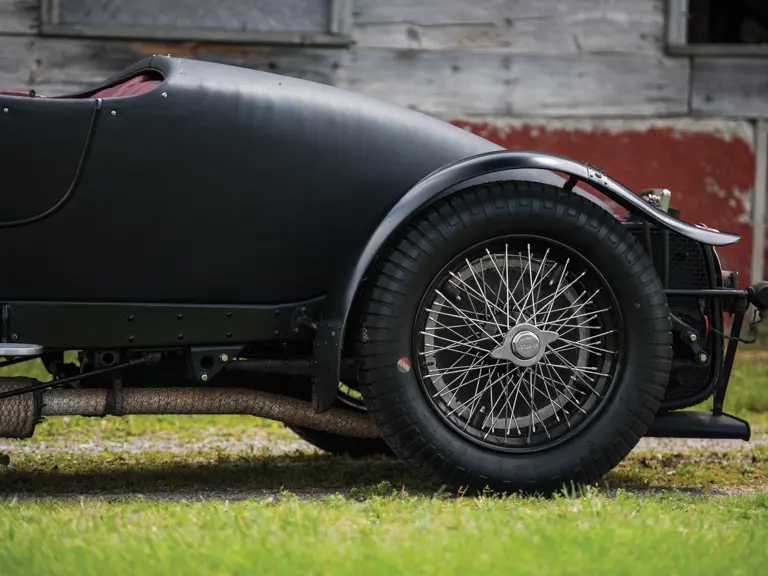
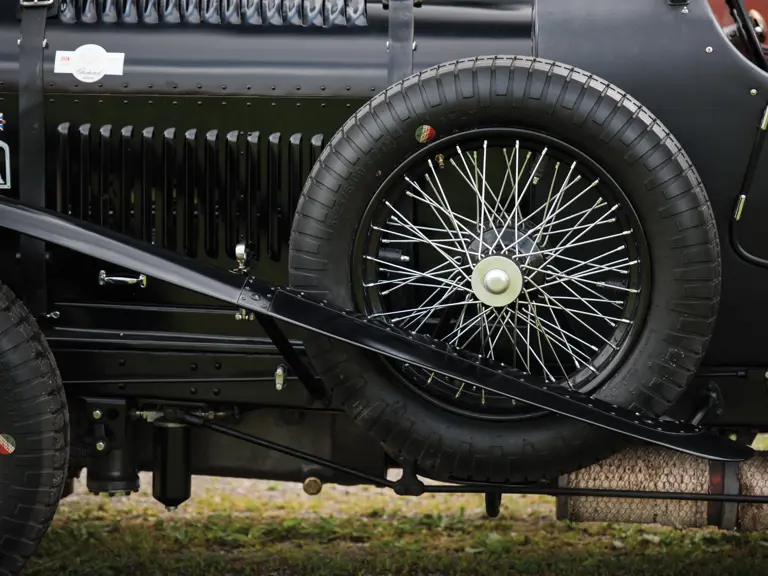
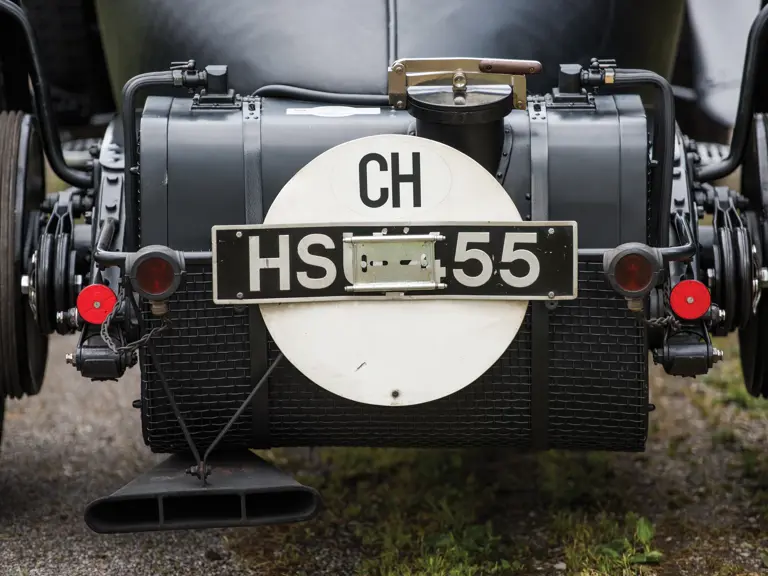
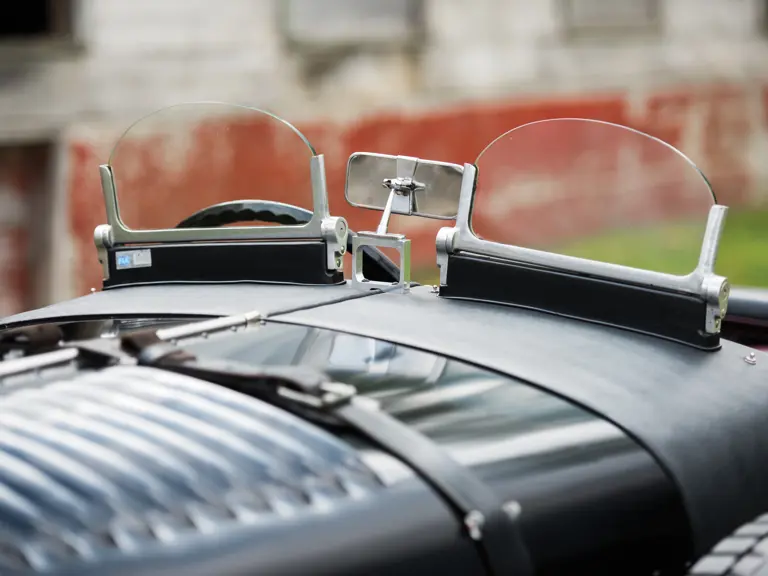
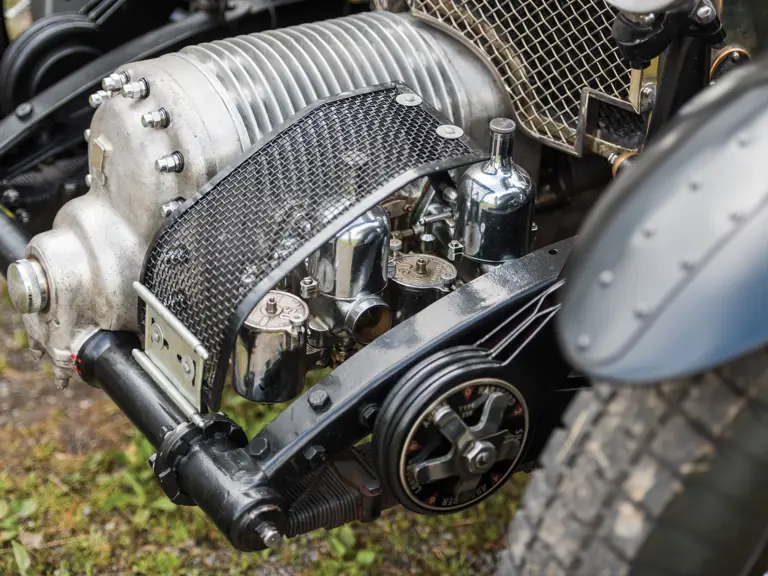

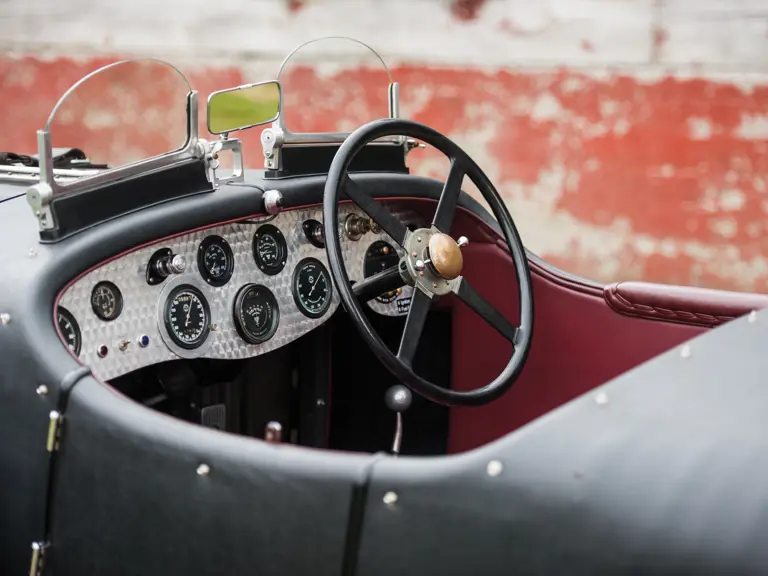
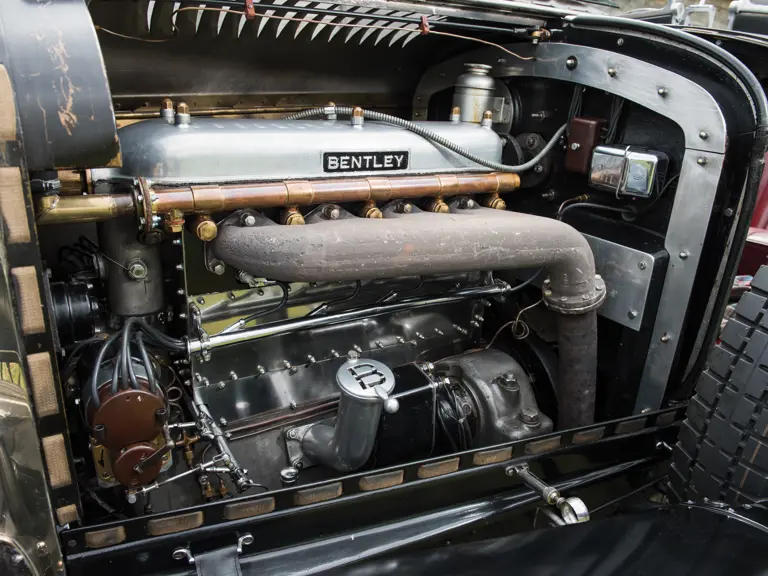
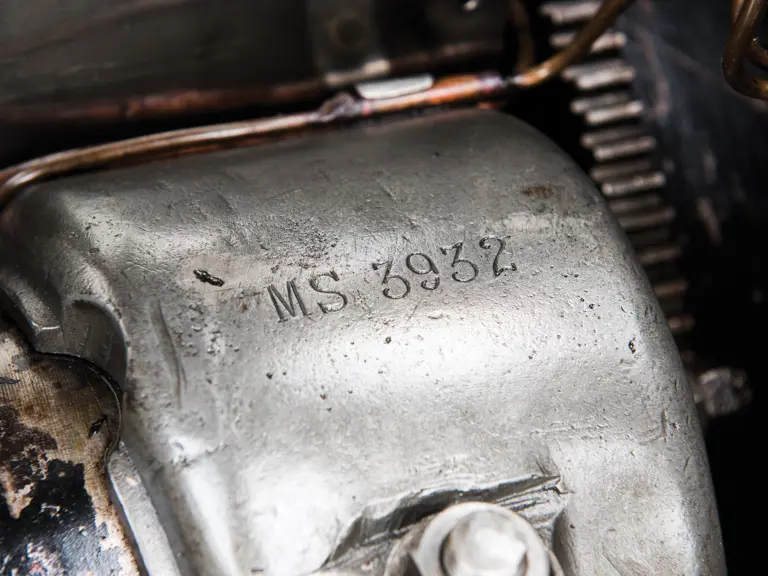
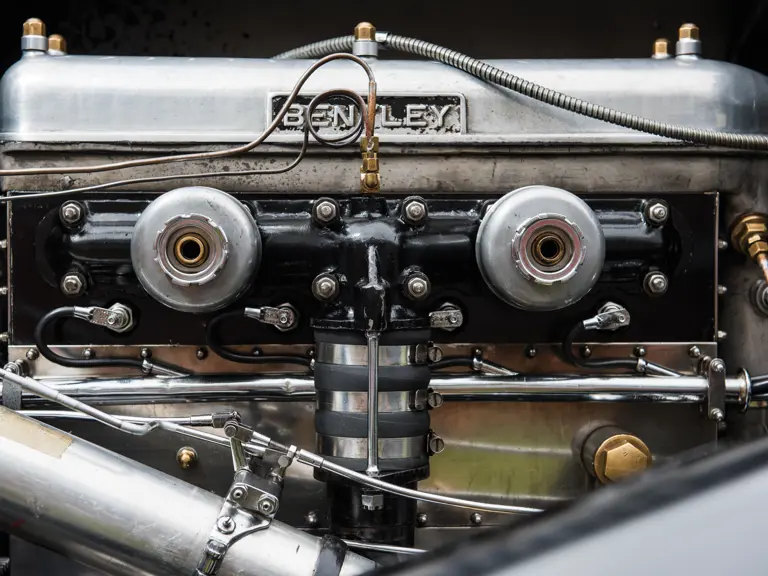

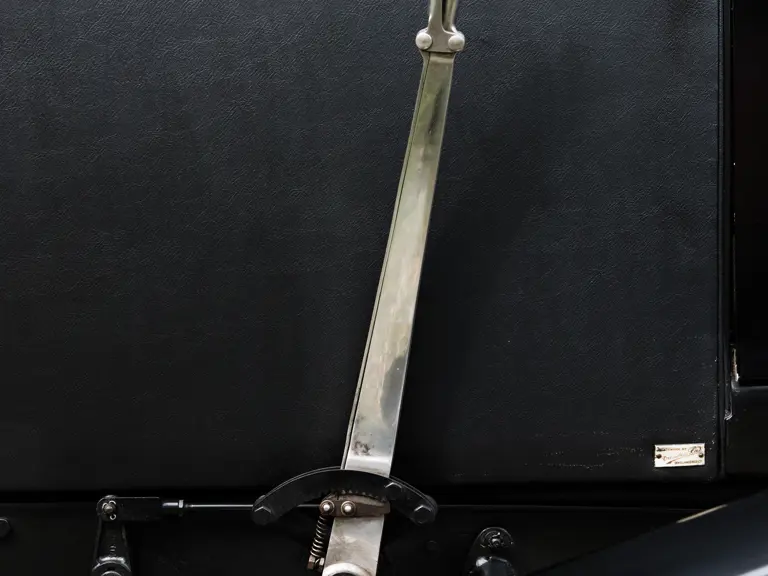
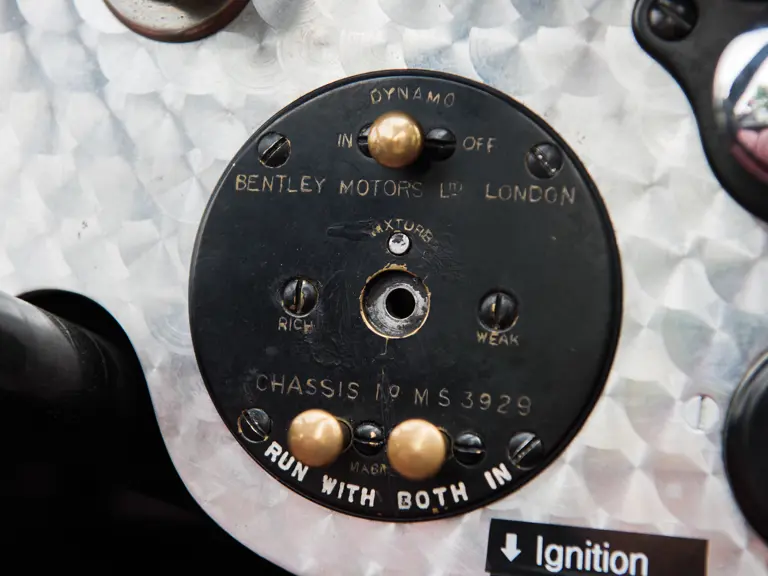
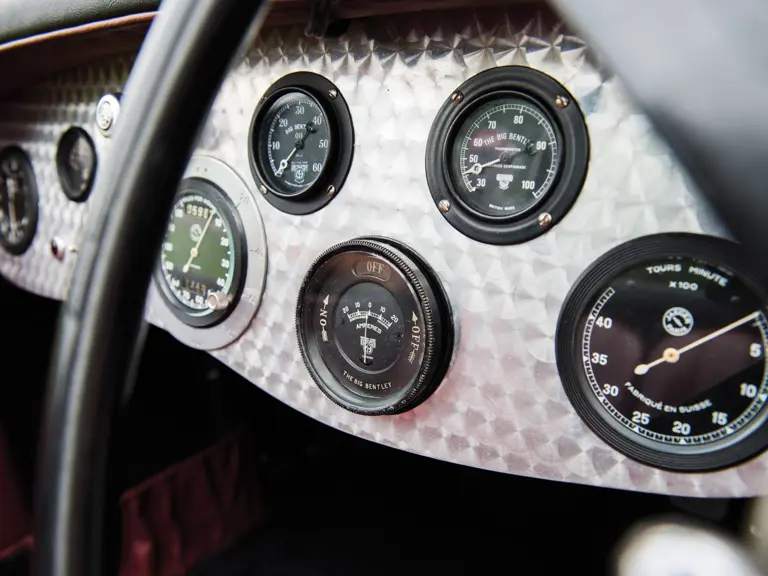
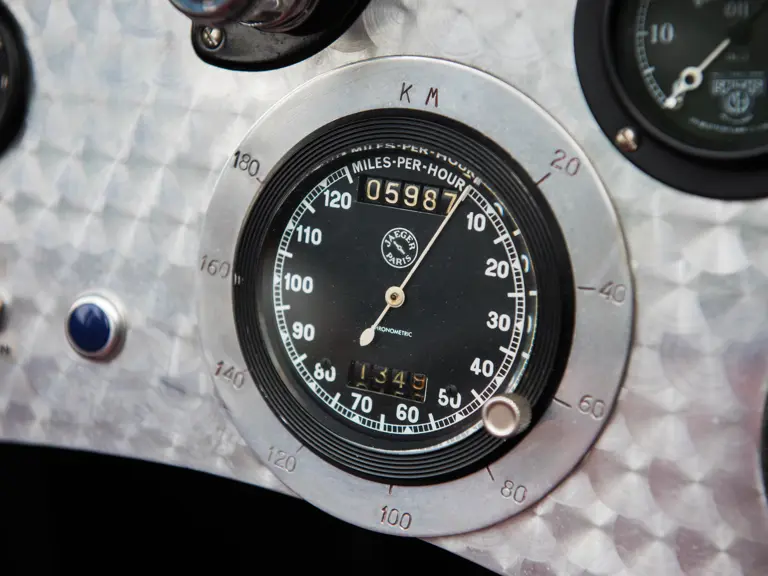
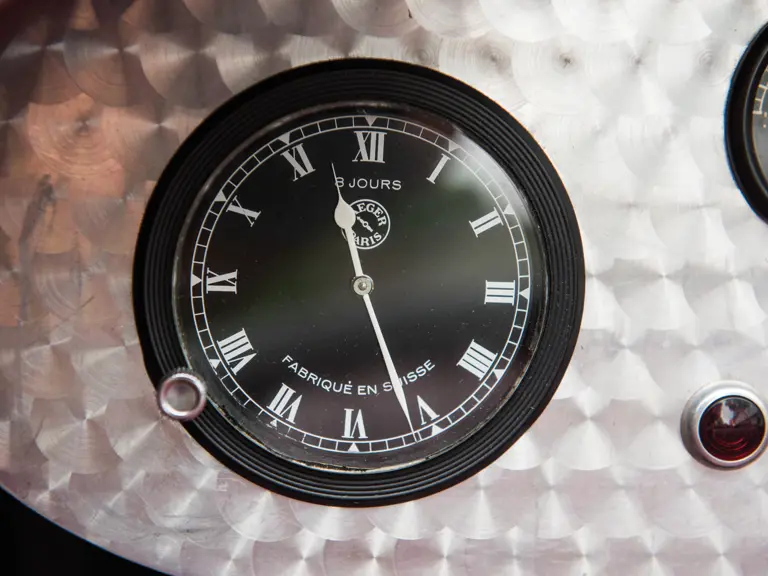
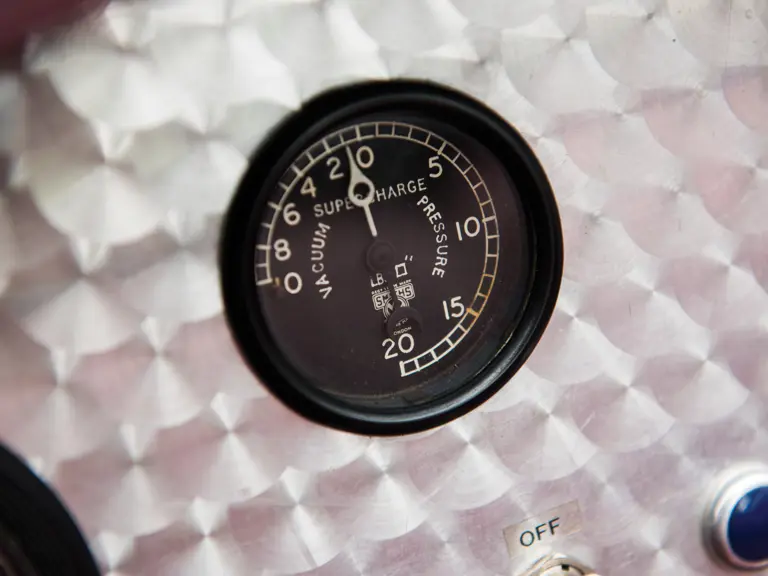
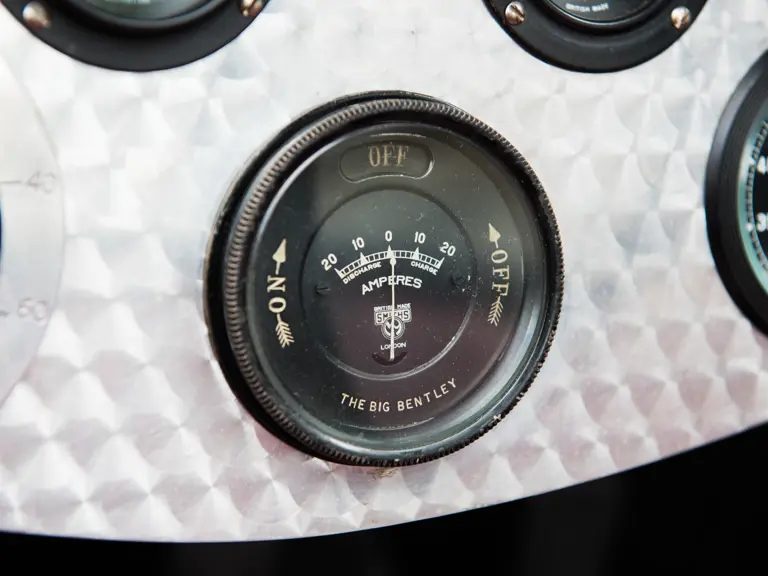
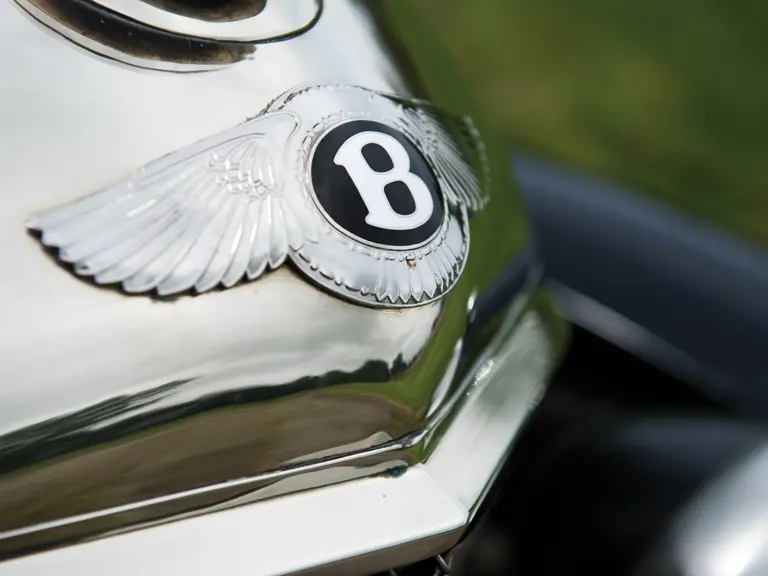
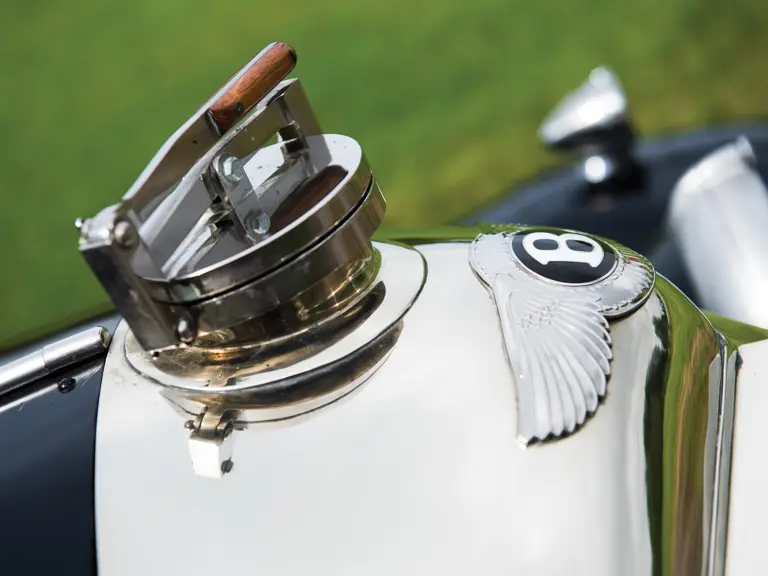
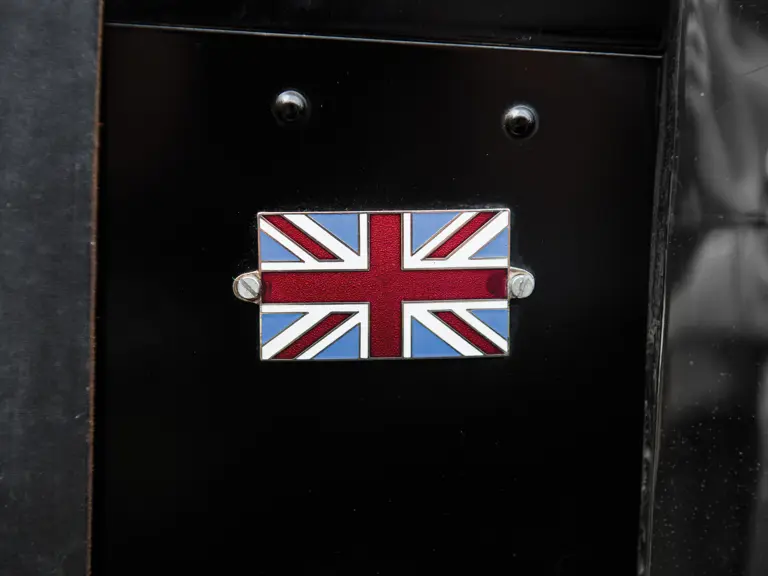
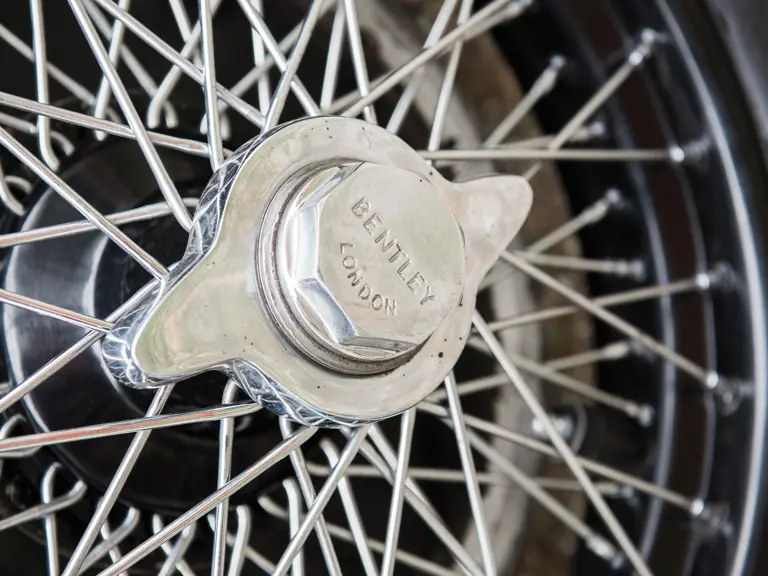
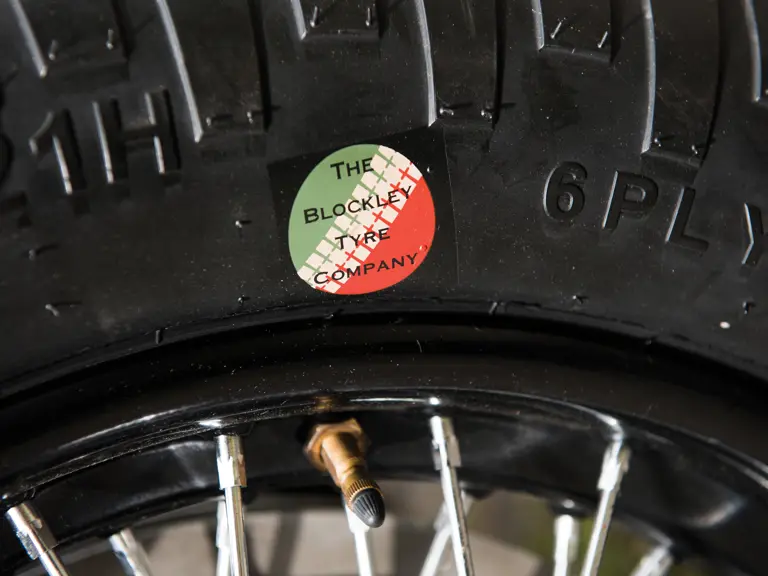
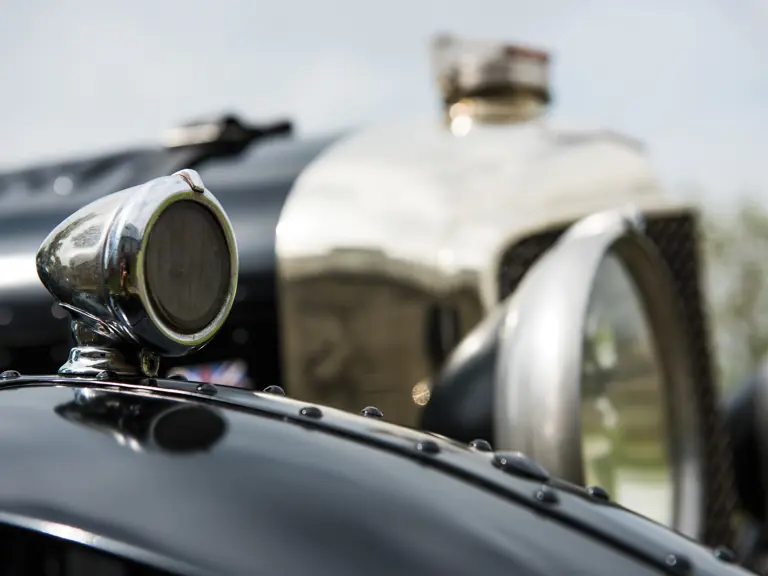
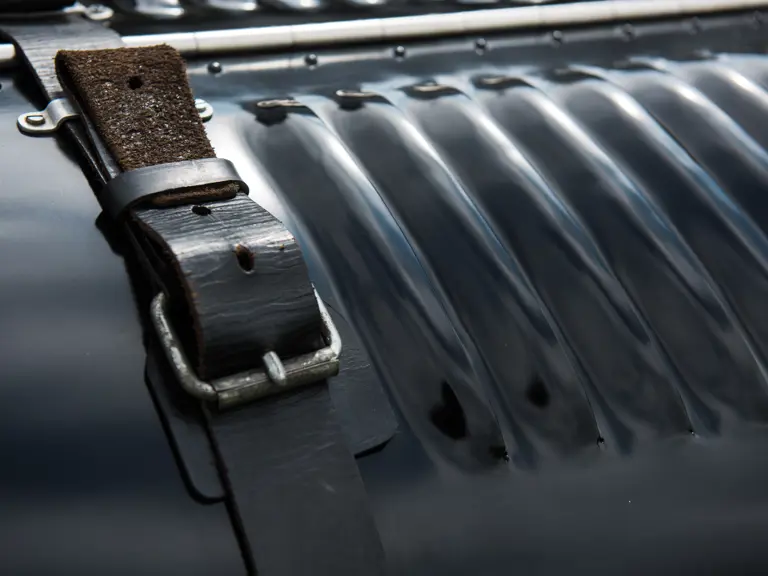
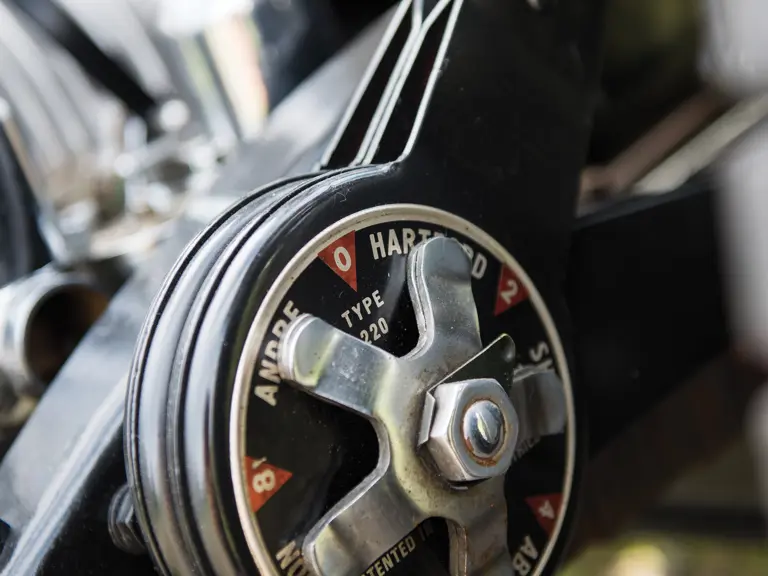
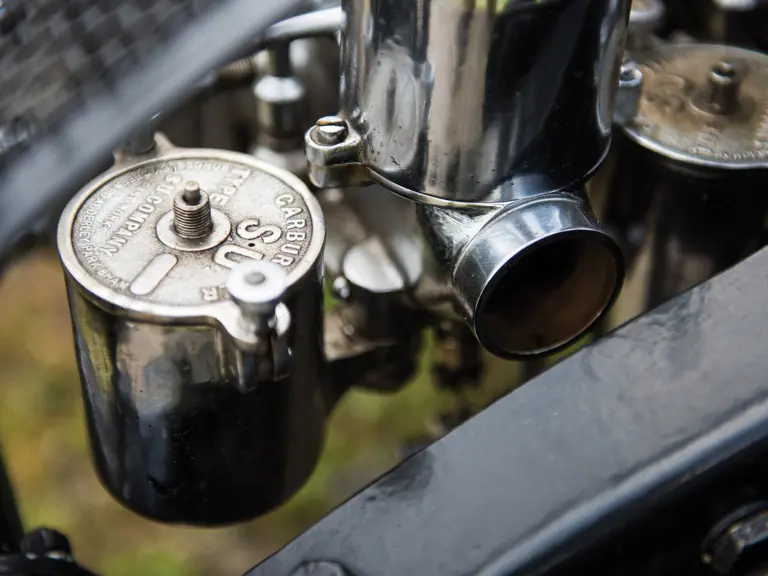
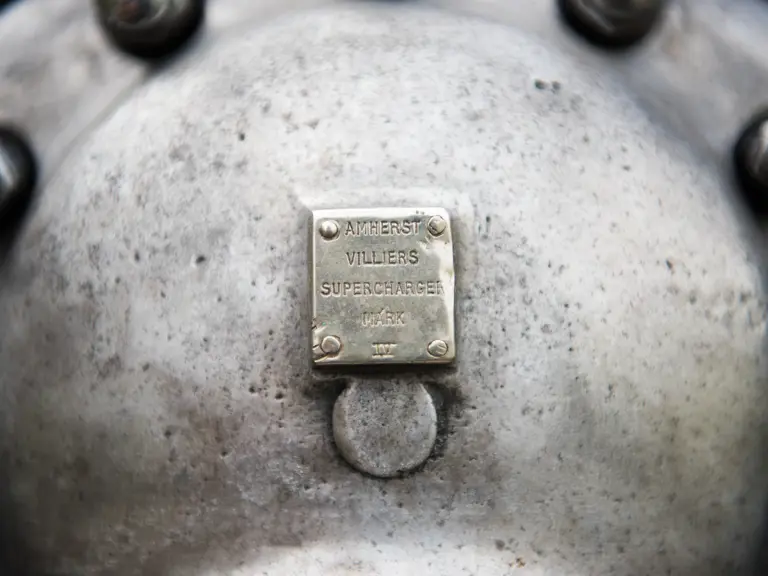

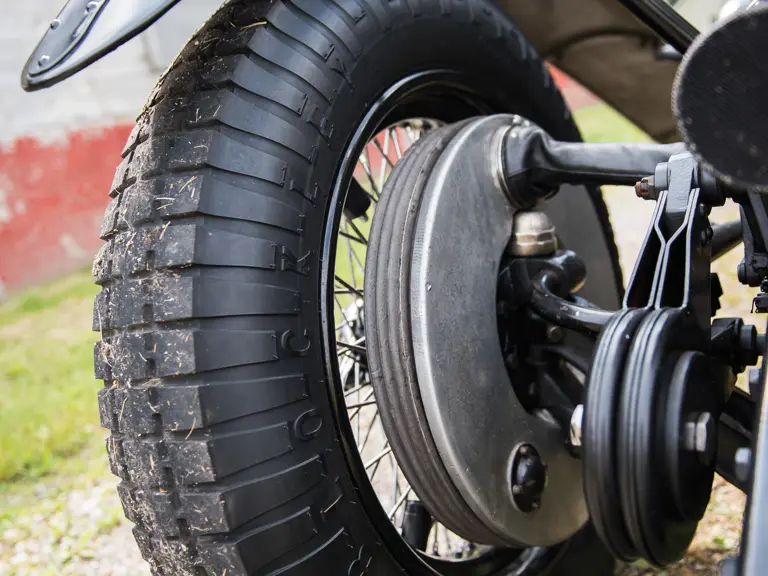
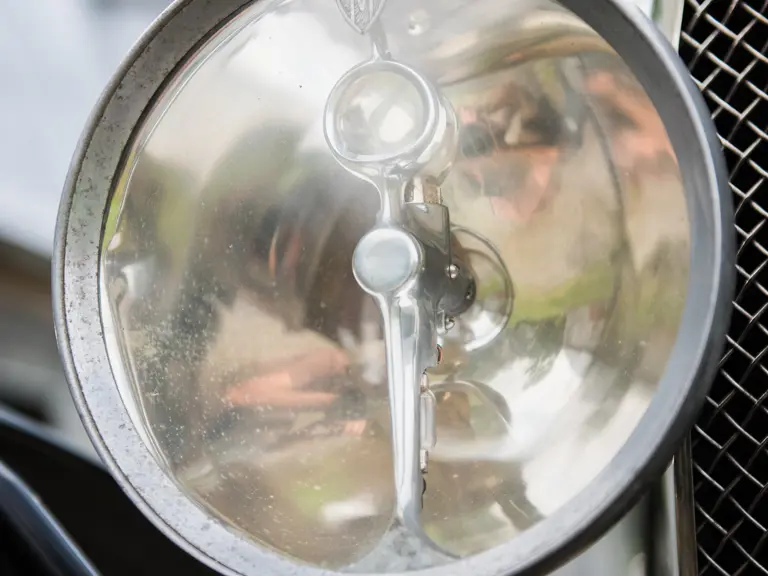
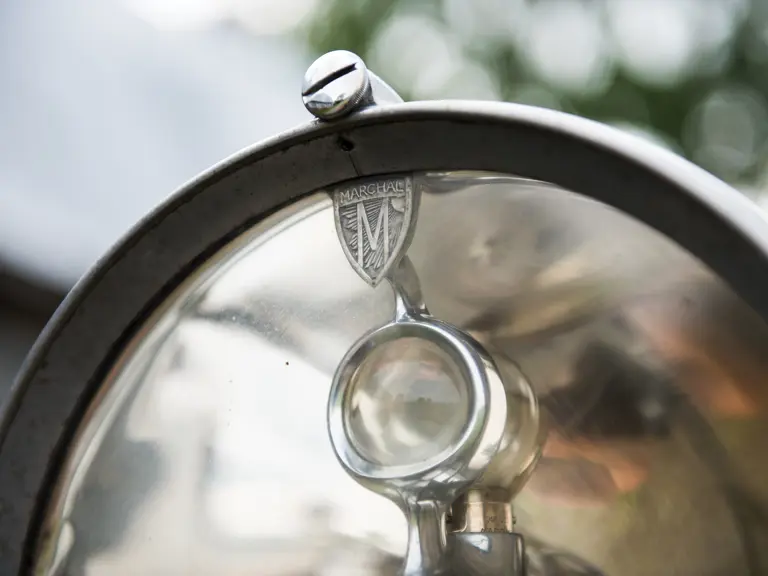

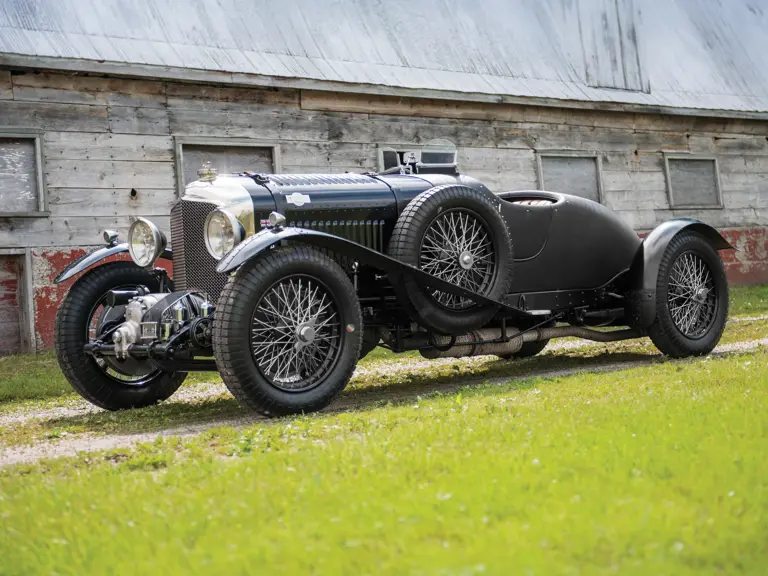
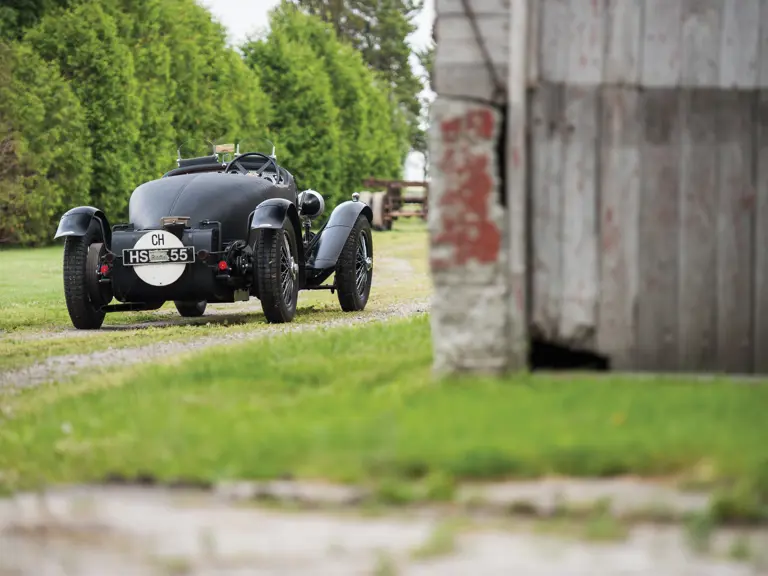
 | Monterey, California
| Monterey, California
